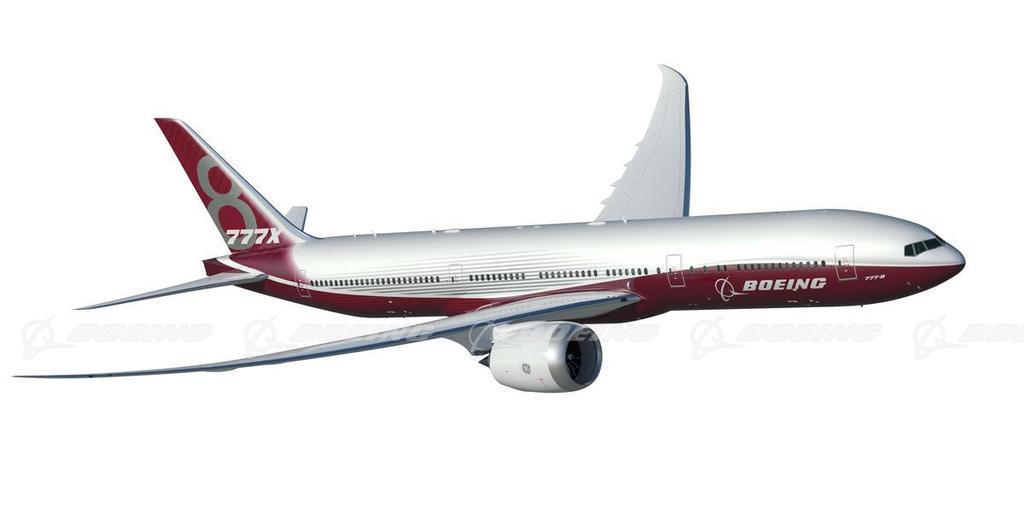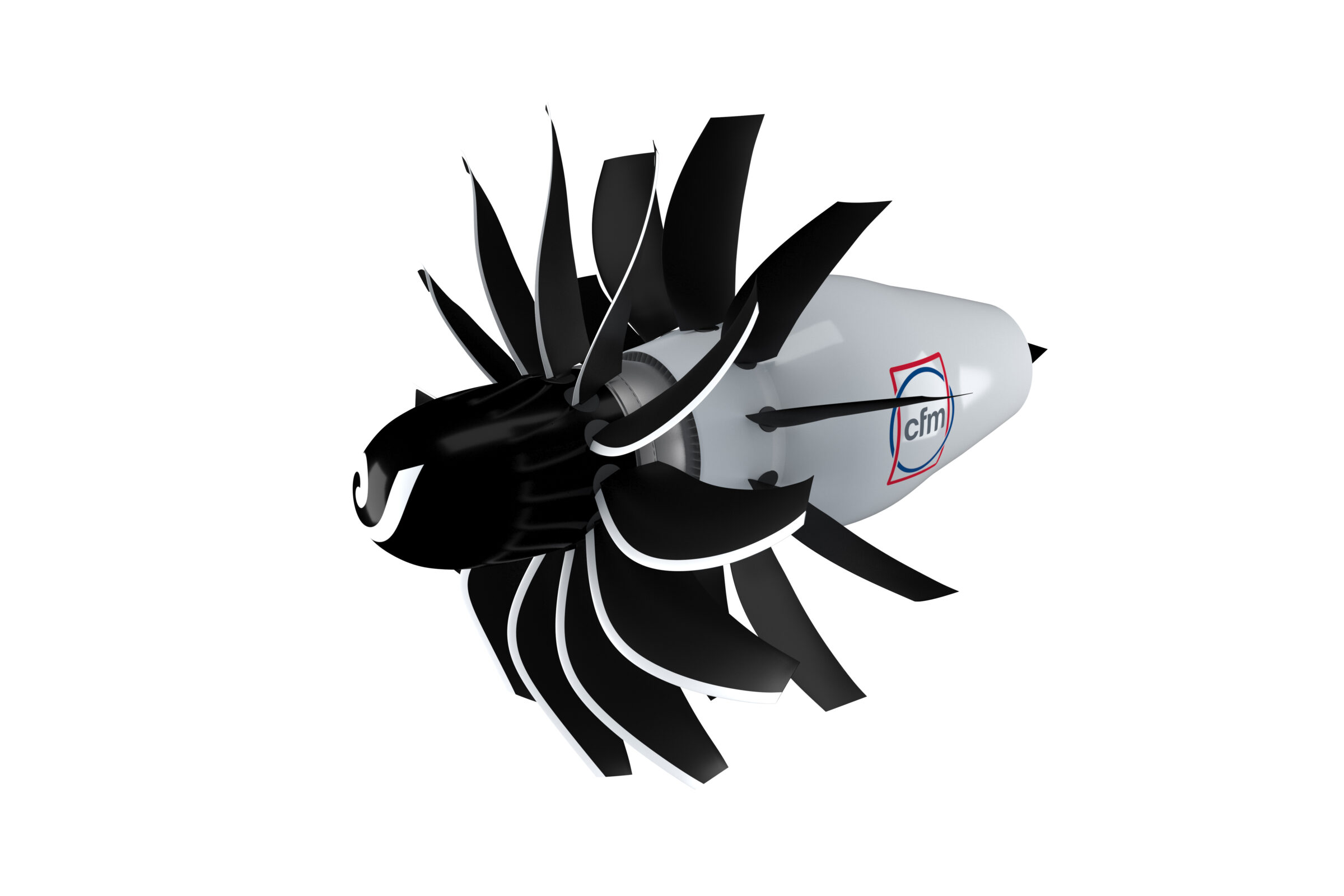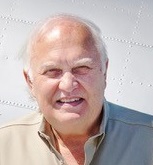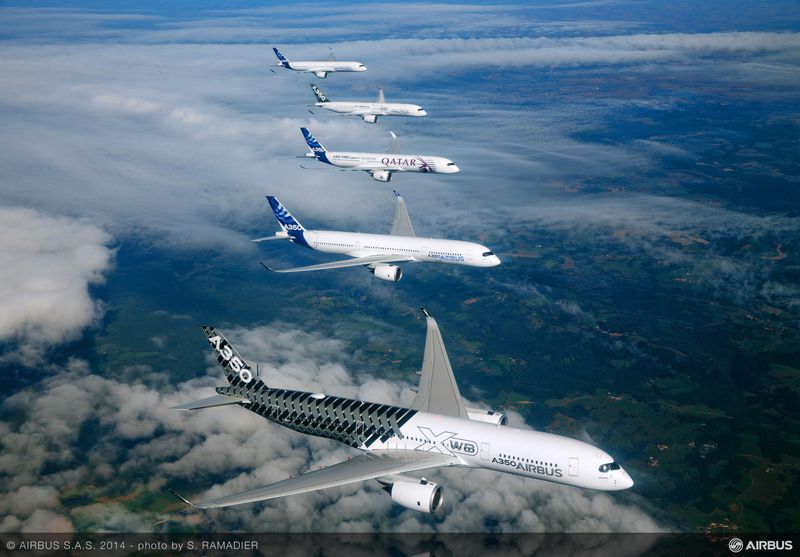Leeham News and Analysis
There's more to real news than a news release.
Engine OEMs pushing ahead for next airplane, even as Boeing pauses
Subscription Required
By Scott Hamilton
Nov. 1, 2021, © Leeham News: David Calhoun may not be anywhere near ready to launch the Next Boeing Airplane (NBA), but the engine makers are actively researching and developing engines to hang of whatever that NBA will be.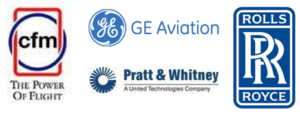
Calhoun, the CEO of Boeing, repeatedly said the NBA will be more about reducing production costs through advanced design and production methods. For some time, Calhoun said the next engines available on the assumed timeline—to about 2030—will have only 10% better economics than today’s engines.
And 10% isn’t enough for the airlines or the commensurate reduction in emissions.
CFM/GE Aviation/Safran are developing an “open fan” engine that will reduce fuel burn and emissions by 20%. A target date for entry into service is in the 2030 decade. The open fan builds on R&D of open rotors that have been underway since the era of the Boeing 727 and McDonnell Douglas MD-80.
Pratt & Whitney sees an evolution of its Geared Turbofan engine. The GTF was under development for 20 years before an operating engine made it onto the Bombardier C Series (now the Airbus 220), the Airbus A320, and United Aircraft MC-21. The GTF also was selected for the Mitsubishi MRJ90, which launched the GTF program. However, Mitsubishi pulled the plug on the MRJ/SpaceJet program last year. PW remains committed to the GTF for future engines.
Rolls-Royce is developing the Ultra Fan and Advanced engines. GE’s Open Fan and RR’s engines adopt geared turbofan technology pioneered by PW but add new technology.
LNA takes a look at the new engines for the NBA or any other competing airplane in a series of articles.
Pontifications: Engines drive timing of new Embraer TPNG
The first report appeared Oct. 18, 2021.
Oct. 25, 2021, © Leeham News: Embraer appears marching toward launching a new turboprop aircraft next year with a targeted 2027 entry into service.
The timing will be determined by the engine. Pratt & Whitney, GE Aviation and Rolls-Royce have development programs. PW and GE are farthest along. PW is thought to have the best chance of winning Embraer’s business. (Pratt & Whitney supplies the engines for the E2 jet. GE supplied the engines for the E1.)
In an interview at the IATA AGM Oct. 3-5 in Boston, Arjan Meijer, the president of Embraer Commercial Aviation, said the competition remains open today.
IATA AGM: Airplanes, engines SAF capable coming; feedstock lags by years
Subscription Required
By Scott Hamilton
Introduction
Oct. 4, 2021, © Leeham News: Engine and airframe makers are well on their way to becoming fully capable of using Sustainable Aviation Fuel (SAF). But the industries providing SAF are way behind in meeting the potential demand.
Rick Deurloo. Sr. VP & Chief Commercial Officer at Pratt & Whitney said one major US airline would use all currently available SAF in one day.
“The challenge will be the feedstock. How do we grow that technology or grow that ability to provide the feedstock so when we do have 100% SAF-capable aircraft and engines, we have the energy to go with it?” Deurloo said in an interview with LNA at the IATA AGM this week in Boston.
Airlines around the world are partnering with different companies to develop this technology, he said.
PW is already 50% capable and has a “clear path” to getting 100% capable within two years. But there is not enough feedstock in the world today do fill the 50% capability.
The Airbus A350F versus Boeing’s 777-XF.
Subscription Required
By Bjorn Fehrm
Introduction
August 5, 2021, © Leeham News: Two weeks ago we compared the launched Airbus A350 freighter with Boeing’s in-service 777F. We found the 777F is a freighter with a very high payload capability, but it faces an ICAO emission and noise ax by 2028, should the present engines be kept.
Boeing’s CEO David Calhoun recently said a freighter version of the 777X might replace the 777F. With seven years to 2028, a development decision for a 777-XF is then imminent. We use our performance model to look at how an A350F and 777-XF would compare.
Summary
- A new Boeing 777-XF freighter, based on the 777-8 (picture), has to equal or beat an Airbus A350 freighter both on payload and economics.
- Beating an A350F on capacity and payload is straightforward, the 777-8 is the larger aircraft. On operating costs, it’s a tighter race.
De-carbonisation of air transport is ON
By Bjorn Fehrm
July 20, 2021, © Leeham News: Last week was a game-changing week for air transport. Three events synchronized to trigger it.
EU presented 13 policies to achieve net-zero greenhouse gas emissions by 2050 with concrete steps in-between. On the same day, the airframe and engine OEM’s CTOs said in a Farnborough Connect webcast: “It’s a commitment problem, not a technical problem to achieve the EU goals.”
This happened against a backdrop of European floodings, which made all discussions about climate change or not moot. Super-organized Germany lost over 100 persons to typhoon like rains, never seen before, that produced scenes like these: https://twitter.com/Aviation_Intel/status/1416215953080205321?s=20
CFM announces the RISE engine program
June 14, 2021, © Leeham News: GE and SAFRAN took to the stage today to announce the extension of their CFM joint venture to 2050 and the CFM technology program RISE.
RISE stands for Revolutionary Innovation for Sustainable Engines, and it elevates previous work to new levels and introduces some news.
Pontifications: AerCap and GECAS to combine — assessing the impact
March 15, 2021, © Leeham News: GE Corp.’s decision to sell its mega-leasing unit, GECAS, to AerCap represents a huge shift in commercial aviation.
For decades, GECAS was the largest lessor in the world. One of GE’s best profit centers, GECAS was a major source of financing to airlines. The lessor purchases and leases back airliners, as do most lessors, as well as initiating leases with orders received directly from the OEMs. GECAS’ scale was a magnitude or two larger than most competitors.
The closest competitor was International Lease Finance Corp., a unit of insurance giant AIG. ILFC’s leadership liked to boast the asset value of ILFC’s smaller fleet was greater than GECAS, which while larger had more older airplanes in its portfolio.
The A350, Part 9: The A350-1000 versus 777-300ER
Subscription Required
By Bjorn Fehrm
Introduction
March 11, 2021, © Leeham News: Last week, we started analyzing the Airbus A350-1000 and compared it with the Boeing 777-300ER.
We now fly the airplanes on a demanding route, close to their maximum range, the LAX to Hong Kong sector. How much better is the 14 years younger A350-1000?
Summary
- The A350-1000 is the logical replacement for a 777-300ER if a same capacity replacement is sought.
- The carbon-fiber structure, a more advanced wing, and newer engines give the A350-1000 convincing arguments for the change.
The A350, Part 5: The A350-900 versus 777-200ER
Subscription Required
By Bjorn Fehrm
Introduction
February 11, 2021, © Leeham News: Last week, we started analyzing the main member of the Airbus A350 family, the A350-900. It’s the design center for the A350 family and has so far 747 orders, of which 354 are delivered.
Over 1,000 Boeing 777 airliners in the market need replacement, and the A350-900 targets about half of these, the 777-200 and -200ER. Delta is one airline that started the switch from 777-200ER to A350-900. How much does Delta stand to gain?
Summary
- The 777-200ER broke the ground for oceanic twin-engine flights. It offered an improved economy on trans-oceanic routes.
- Airliner technology advanced for the 18 years younger A350-900, spurred on by Boeing’s technical leaps with the 787 Dreamliner.
- As the A350-900 employed these gains in the 777-200ER size class, it does to the 777-200ER what it did to Airbus A340-300, it wins the economy race hands down. Read more
The A350, Part 3: The A350-800 versus A330-900
Subscription Required
By Bjorn Fehrm
Introduction
January 28, 2020, © Leeham News: Last week, we analyzed the smallest member of the Airbus A350 family, the A350-800. After Airbus changed the variant to a non-optimal “cut and shut” variant, it was no longer competitive.
Airbus froze the development of the A350-800 and then let it slip out of the program (it’s never officially canceled). The A330neo became the replacement for the A350-800. Was this the right decision? Is the A330neo the better airplane?
Summary
- We saw the A350-800 in its final form had a problem competing with Boeing’s 787. This created a problem for the Airbus widebody program below 300 seats.
- After a thorough investigation, Airbus found a way to update the A330 to take the place of the A350-800. We use our airliner performance model to find out how well the replacement performs.




